Hands On with the Asus Fonepad and Padfone Infinity
Feb 25, 2013, 10:20 AM by Rich Brome @rbrome.bsky.social
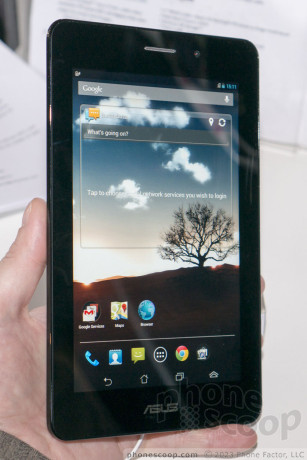
We spent a few moments with the new Padfone - a phone that that plugs into a tablet - and the Fonepad, a small tablet that doubles as a phone.
Fonepad
The Asus Fonepad is technically a phablet, a very large phone or small tablet. However, with a 7-inch screen and a large bezel around that, it's at the large end of a category that's large by definition. Picture a Nexus 7, and you're close to the size of the Asus Fonepad.
This isn't a high-end device, though. If that's where Samsung is going with the Note 8.0, Asus is happy to snap up customers at the other end, with the cheapest possible phablet. At just $249 - full price - they've achieved something significant.
To reach that price, Asus put just a 3-megapixel camera in the Asian version, and no camera in the European version. The display is also just 1280 x 800 pixels, which is good enough for 720p HD, but a full-HD stunner this is not. Also left out is LTE 4G, (this is a GSM and WCDMA 3G affair,) which by itself probably excludes the Fonepad from distribution on any major U.S. carrier, since most now require 4G in their Android devices. You do get a memory card slot, though.
The Fonepad feels good, at least for the price. It's a nice shape and design, that's comfortable to hold and use. Simply the size of it is the uncomfortable part for me, but that's just me. It's definitely huge for a phone. If you thought a Galaxy Note looked odd against someone's head, this will positively make you look like a clown. But if you think of it as a 3G tablet, it makes more sense.
The buttons work well enough. The back feels neither cheap nor luxurious. It's a metallic plastic that could easily be mistaken for magnesium. I wish it were just a tad thinner, but that's probably related to the price. It's not unusually thick.
The keyboard software could be better. I found it unreliable and oddly sized and shaped. It's too big to type one-handed in portrait, and in landscape mode, I found it difficult to type on like a laptop due to short row height, and too easy to activate the softwarehome button below the space bar, exiting whatever app you're in. You'll want to try out some third-party keyboards with this device.
Still, at the end of the day, it's a great price. If you need a large screen phablet on the cheap, this is an intriguing entry.
Padfone Infinity
The Padfone Infinity is the latest in Asus' Padfone lineup of phones that plug into full-size tablet shells. With this latest iteration, Asus has packed in all of the very latest top-end specs for 2013, including the 5-inch 1080p display, 13-megapixel camera, and Snapdragon 600 quad-core processor. The other half is a 10.1-inch tablet shell with its own 5000 mAh battery.
Asus is proud of the aircraft-grade aluminum frame and shell of the phone. It looks pretty - I've always loved the brushed metal look - but to me it didn't feel quite as high-quality as it looked. I could tell it was mostly metal, but it still had a cheap feel that I can't quite explain. Perhaps brushed aluminum is just not a good material for phones; perhaps there's a reason we don't see manufacturers use it more often. The quality was not enhanced by the very uneven backlighting of the capacitive keys. The units we handled also had SIM card trays that didn't fit properly.
The quality of the tablet shell was a notch better, but it was thicker than I would have liked. It seems thicker than an iPad 2, and that's before you get to the hump on the back where the phone docks. Considering it doesn't the "guts" that the phone has, you'd think they could have flattened it more.
The final downside is the price. Asus expects this to go for 999 Euros. For that price, you could get an iPad and an iPhone, and have two devices instead of one plus an accessory. It's hard to see the value here.
Comments
Downside???
I do see the appeal of just having one set of apps and settings and the little things that don't sync. But I can't get over the price.
And it's a b...
(continues)
Padfone


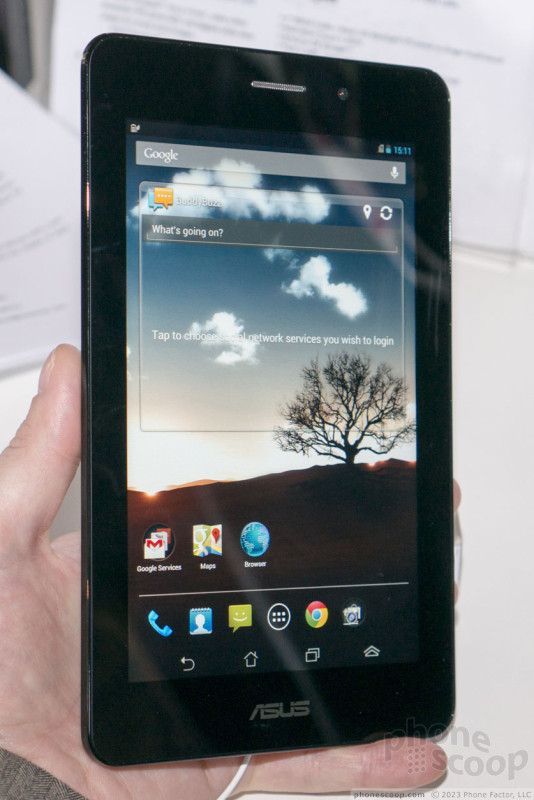












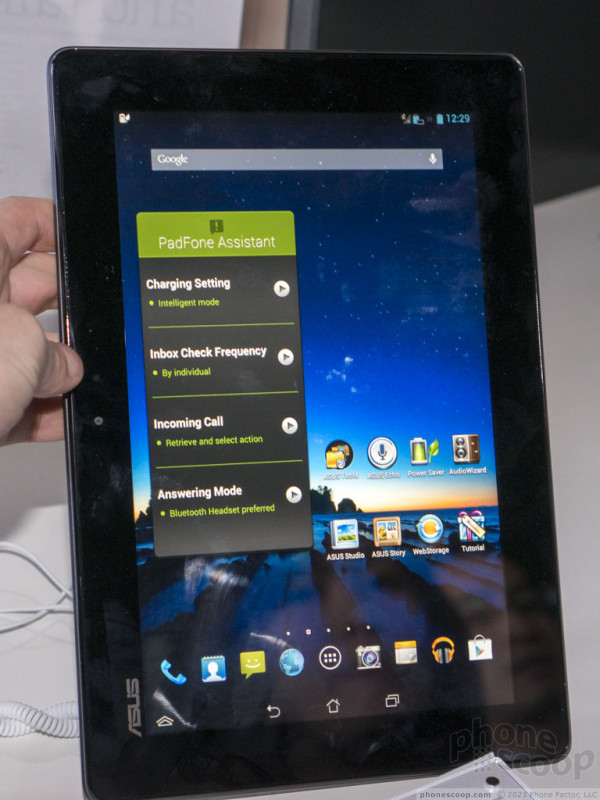
















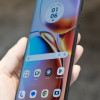 Hands On with the Motorola edge+ (2023)
Hands On with the Motorola edge+ (2023)
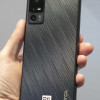 Hands On with TCL's $120 5G Phone
Hands On with TCL's $120 5G Phone
 iPhone 15 Series Goes All-In on USB-C and Dynamic Island
iPhone 15 Series Goes All-In on USB-C and Dynamic Island
 Samsung S24 Series Adds More AI, Updates the Hardware
Samsung S24 Series Adds More AI, Updates the Hardware
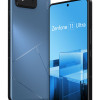 Asus Goes Big with Zenfone 11 Ultra
Asus Goes Big with Zenfone 11 Ultra




